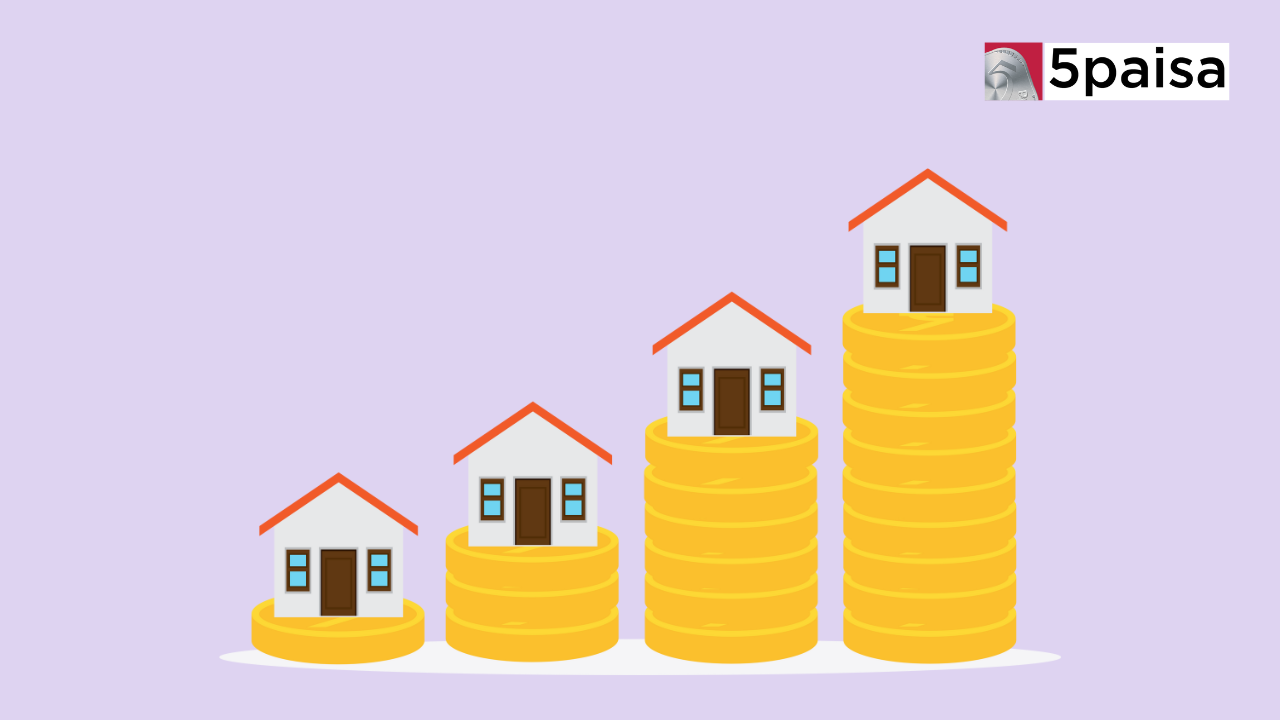Weekly Wrap-Up - Gaurav Munjal: Lone Wolf of Indian Edtech
The tailwinds for affordable housing finance are tapering. What does it mean for investors?

Last Updated: 24th August 2023 - 12:09 pm
Affordable housing finance, or home loans with a ticket size of less than Rs 25 lakh, has been one of the most resilient pockets of finance over various economic cycles and has grown rapidly during the past decade.
Indeed, with a 25% compounded annual growth rate (CAGR), the affordable housing sector has outgrown the overall housing finance sector since 2017. Its contribution and importance to social wellbeing and security has not gone unnoticed either.
The government and the financial regulators have taken cognisance of the critical role played by the sub-sector within financial services and have been providing support through policies such as credit-linked subsidy scheme and low-cost funding through the National Housing Bank.
Rating and research agency Ind-Ra in its outlook for the current year expects the overall sector to grow around 13% year on year. Even though the growth rate in the affordable housing finance segment is expected to be higher, it seems to be moderating.
To be sure, the key factors underpinning the long-term growth trajectory for affordable housing remain intact. For instance, the increasing number of nuclear families and changing social fabric coupled with rapid urbanisation and flush of liquidity or supply of loan buoys demand for small-ticket loans as newly employed people also tend to seek security of their own house.
Aggressive marketing by lenders along with interest rates sinking to record lows during the pandemic, too, helped the cause of the industry.
The fact that the sector has managed to steer itself despite the policy shocks of demonetisation in 2016 that led to flushing out of black money, followed by liquidity challenges four years ago and the pandemic over the last two years, is a testimony to the resilience.
Air pockets
On the flip side, some of the factors helping the cause of the industry are weakening. This could slow down the pace of growth of the sector and the numerous stocks that benefited from the sectoral growth.
These include first and foremost the interest rate cycle that has started moving up as the RBI stepped in to control inflation.
Secondly, there is now a lower cash flow for borrowers due to the inflation that has busted household budgets and their plans for house purchase.
Then, there is the higher cost of construction due to commodity price rise resulting in rise in property costs and slowdown in new launches.
At the same time, the halting of the credit-linked subsidy scheme has added to the challenge.
As per Ind-Ra, “A 100bp increase in the interest rates leads to borrower’s home loan EMI rising 6.1%-6.4% in general, while for an affordable housing borrower, the loan EMI rises by about 5.3%. If the interest rate cycle continues to move up, a 200bp increase could increase EMI in the range of 10.8%-13%.”
While developers have not been able to pass on the complete cost increase, thereby cost pressure hasn’t been fully absorbed by buyers, they do face upward pressure on real estate prices. In effect, the affordability for new home buyers has been affected.
For affordable housing finance specialists, this means higher competition as the segment now offers better risk-adjusted margins.
- Flat ₹20 Brokerage
- Next-gen Trading
- Advance Charting
- Actionable Ideas
Trending on 5paisa
Business and Economy Related Articles
Disclaimer: Investment in securities market are subject to market risks, read all the related documents carefully before investing. For detailed disclaimer please Click here.
 5paisa Research Team
5paisa Research Team
 Sachin Gupta
Sachin Gupta




